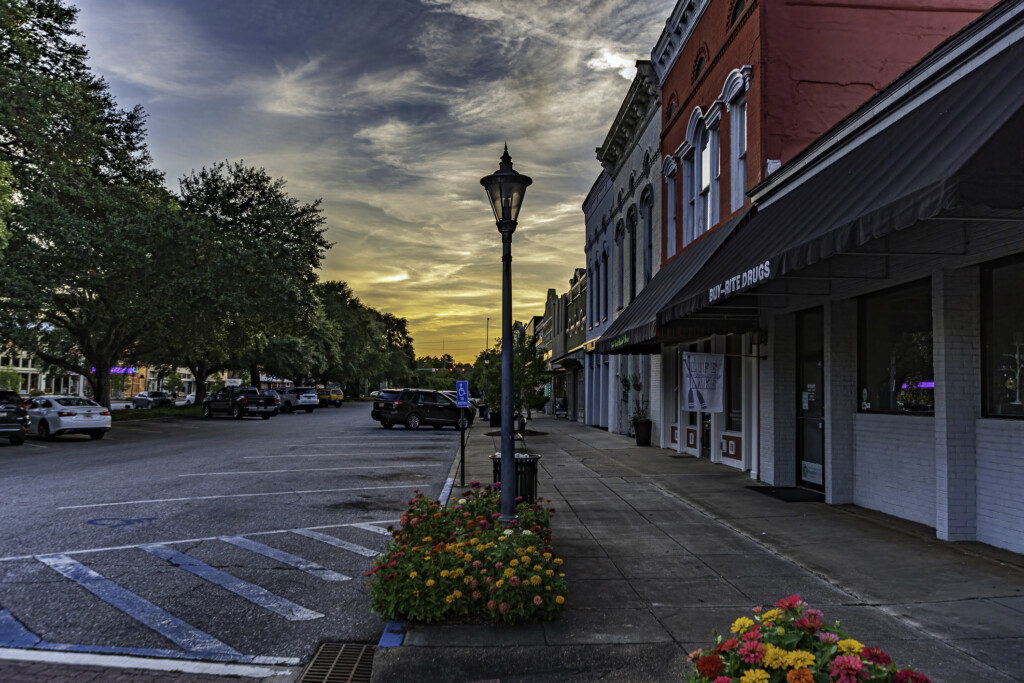While North Texas continues its steady growth, most of the boom isn’t happening in our major cities but instead in the suburbs and, even more prominently, in the exurbs, our region’s outer-ring communities, many of which still offer numerous expansion opportunities. These cities—including Anna, where I lead economic development efforts—have become the foundation for North Texas’ exponential growth. In fact, the threat of urban doom in our major cities’ central business districts makes developing these communities dotted throughout DFW even more critical as our region expands in all directions to support growing resident populations and thriving industrial, technology, and innovation sectors.

As outer-ring cities develop to support their evolutions and the larger communities around them, a few critical components can help set the stage for long-term success. Ensuring strong infrastructure planning and development alongside measured retail, dining, and entertainment that complements diverse housing will undoubtedly promote a city’s balanced growth. However, realizing the potential of an evolving city’s downtown core is also vital to creating a community’s thriving future. It’s why so many suburban and outer-ring towns across North Texas are focused on revitalizing their historic downtowns.
These downtowns are not only the literal heart of a community but often the economic engine for the city and a hub for community activity. Most importantly, though, outer-ring downtowns serve a purpose that major metro downtowns never will. Unlike urban central business districts, these downtowns are not relied on as traditional job centers. Instead, the economic engine comes from its function as the main social hub of the community, offering everything from restaurants and bars to professional services, breweries, shops, and libraries. And, because of the placemaking focus of these downtowns, they are designed as the central gathering space for farmers’ markets and celebratory annual community events.
For example, in Anna, over the past few years, we’ve enacted our 2050 Comprehensive and Downtown Master Plan, which includes infrastructure to set the stage for future growth. This consists of a modern 37,000-square-foot municipal complex, home to city hall, police, and fire stations, and a forthcoming $22 million library and $3.5 million city plaza in the heart of downtown. We are also creating a small business ecosystem as our EDC acquires properties downtown for development, and, most recently, 3 Nations Brewing opened in a redeveloped building at the gateway to Downtown Anna, joining a variety of existing restaurants downtown. As Downtown Anna grows with new businesses and annual community events, we are planning for infrastructure, parking, public art, and green spaces that will enhance the area and support our neighbors and visitors.
However, sustained success requires more than just vision. Strategic planning, community input, involvement from key partners, and incentives to encourage development are all critical to realizing a downtown, and how it will shape the city’s future growth and the value it can add for residents and surrounding cities.
Private sector partners like property owners, business owners, developers, and residents are key to fulfilling the vision of a downtown. Strong collaboration among government agencies like the North Central Texas Council of Governments, DART, state and federal transportation departments, school districts, and economic development groups ensure that the necessary funding and other resources are available to help shape the future of a downtown. Nonprofits and civic organizations, including chambers of commerce, arts and cultural organizations, and other community groups, offer an added layer of advocacy and contribution that can help take efforts over the top.
Data released by NCTCOG shared that Collin County added more people in the region than any other county this past year, with 40,000 new residents. This type of growth will undoubtedly continue as Sherman, in Grayson County, develops as a rising tech hub with the addition of semiconductor manufacturing plants from Texas Instruments and GlobiTech. Texas Instruments’ plant alone is projected to create 3,000 jobs, allowing northern Collin County cities to capitalize on the growth and capture new residents and visitors.
Developing outer-ring cities’ downtowns will support their current growth needs today and lay the foundation for future community development. More than anything, revitalizing a downtown positions a city to create a social hub for its residents and those from surrounding cities while driving tax revenue and business development and providing a wealth of resources and amenities for long-term future growth and success.
Joey Grisham is a long-time community and economic development professional who serves as Director of Economic Development for the City of Anna.
Author







